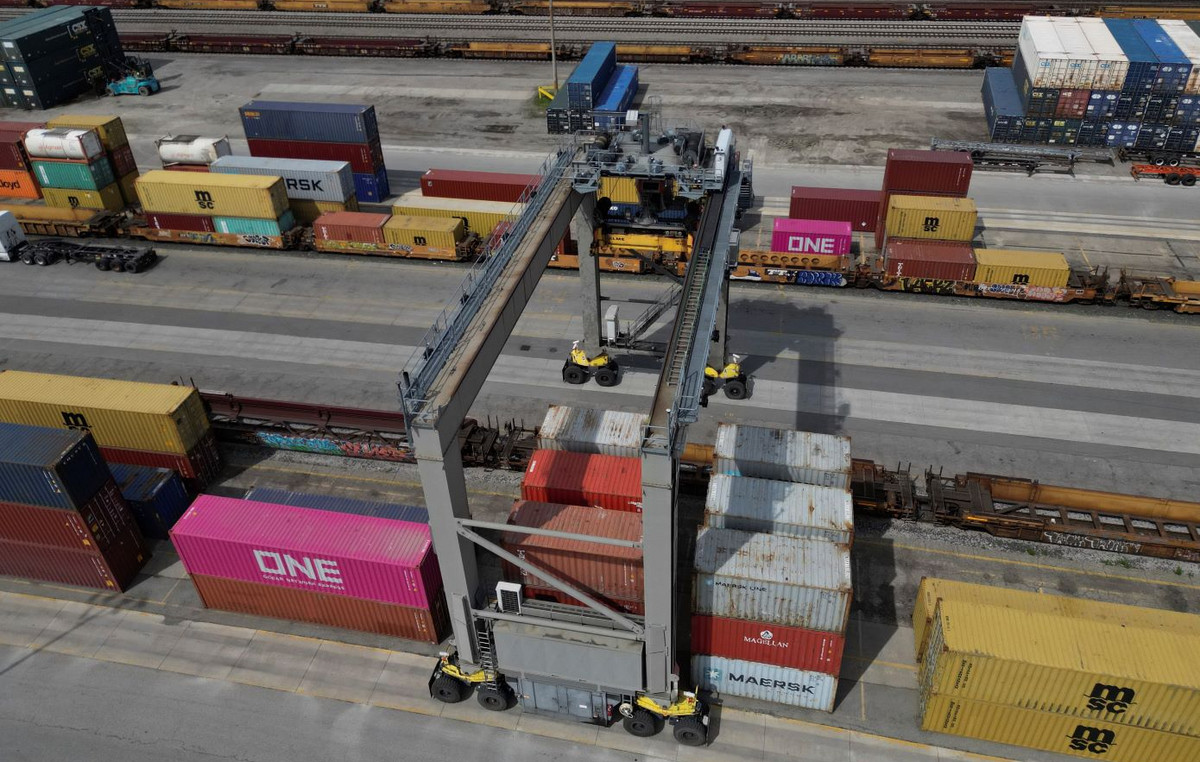Faults in the distribution system electricity can occur for a variety of reasons, including operational factors, equipment failures, or external issues such as cyber attacks and extreme weather events. Depending on the severity of the problem, repairs carried out by the responsible company may take a significant amount of time to return to service provision. Knowing the history of these occurrences can help expedite repairs made by technical teams.
To reduce the period without energy, researchers from the School of Engineering of São Carlos (EESC) of the University of São Paulo (USP) developed a system that uses artificial intelligence to optimize the maintenance services of the affected network. The technology can help operators of energy distribution companies make faster decisions. According to experts, part of the technology that is capable of reducing repair time by up to 20% is already being adopted by Companhia Paranaense de Energia (Copel).
Over the course of about five years, scientists have developed software that takes different information into account to determine the most efficient way to solve the problem. The method was developed through the development of some algorithms, which are computer codes that perform a certain task.
During the assessment, the computer program considers the weather conditions of the locations, the position of origin of the maintenance teams, the state and level of congestion of the roads and roads used for locomotion, identifying possible obstructions, in addition to the history of repairs and problems. occurred previously.
“There was no algorithm capable of gathering all this data, interpreting it and transforming it into useful information, chewed, translated and in real time for the operator, who may be a beginner in the role. Often, the professional needs to make a quick decision, but with so many variables, he cannot interpret them in the necessary time and ends up following a standard strategy, which may not be the most effective to solve the problem. That’s why it’s important to have different sources of information to speed up the repair and even predict a possible failure so that, if it really happens, the energy returns as quickly as possible. Our system will be the operator’s right arm”, says Henrique de Oliveira Caetano, a doctoral student in the Graduate Program in Electrical Engineering at EESC and one of the authors of the study.
You work results were published by the Institute of Electrical and Electronics Engineers (IEEE) during an international conference.
“Our algorithms analyze information related to failures and accidents that occurred previously in a given region in order to propose the best solution for the occurrence being attended and for others that may occur in the future. The system is able to assess the regions that are most susceptible to flooding, the equipment or locations that have the most failures, which are the most recurrent problems, among others. With this data, knowing in advance that there will be a storm, for example, we can even move teams to strategic positions before a failure occurs, further optimizing maintenance and reducing the value of fines for the concessionaire”, explains Matheus Fogliatto, PhD student. in Electrical Engineering at EESC and one of the authors of the research.
Algorithms were developed with the aim of leaving people without power for as little time as possible. Therefore, the codes define the best route based on the repairs necessary to solve the faults, different from conventional GPS applications.
“Basically, the map apps used today plot routes considering only two points, the origin and the final destination, indicating the fastest route for a simple locomotion. However, in the case of repairing an electrical network, the scenario is different because inspections often need to be carried out at more than one point on the network, in different locations. This is exactly what our algorithms consider when calculating routes, as it may be necessary to stop at a specific point for additional repairs”, explains Luiz Desuó Neto, PhD student in Electrical Engineering at EESC and also author of the article.
How the tests were performed
To validate the technology, the scientists performed several tests with computer programs that simulate different scenarios of the reality of a power distribution system, the possible failures that may occur, atmospheric variables, history, in addition to the estimated time for repair of each problem. Considering the standard time required to fix common problems, it was possible to reduce the time without power by about 20% using the technology.
For the professor of the Department of Electrical and Computer Engineering (SEL) at EESC, Carlos Maciel, one of the highlights of the study is the software’s ability to unite and merge different sources of information, providing more agile and accurate decisions by the of the operators.
“From the customer’s point of view, it’s less time without energy, while in the eyes of the concessionaire, there will be much smaller fines to pay. Electric power distribution systems will fail, this is inevitable, even though equipment technology has evolved in recent years. So, we have to develop strategies to improve and accelerate the recovery of networks”, says Maciel, who coordinates the Signal Processing Laboratory (LPS) at SEL, where the study was developed.
(With information from Jornal da USP and from EESC Communication)
Source: CNN Brasil







